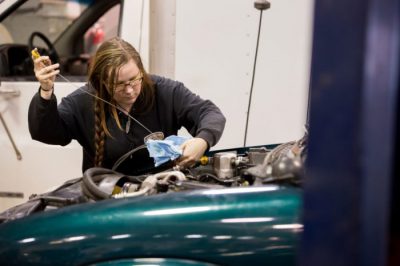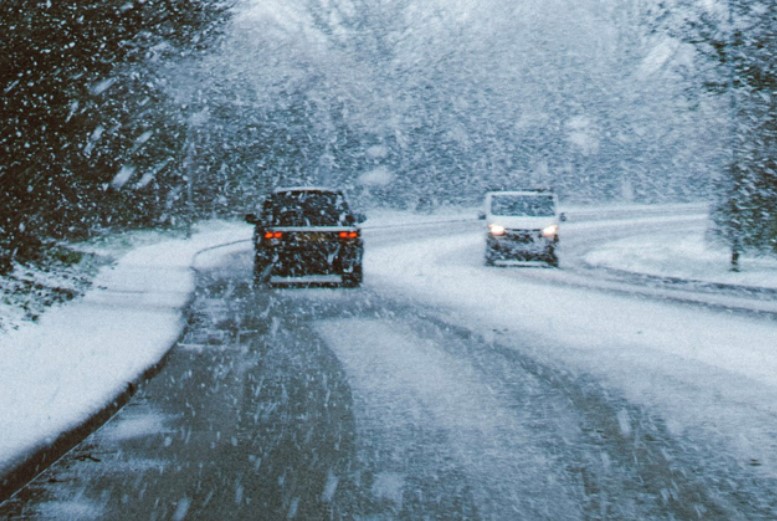By Mark Kozemko, Johnson College’s Automotive Technology Program Director
Originally published in the November 26, 2021 edition of the Valley Advantage.
It is truly amazing just how quickly time passes. If you follow this column, you’ll remember that last fall, we addressed the topic of getting your vehicle ready for the upcoming winter weather. Since this is an important topic, and another winter is about to arrive, I want to revisit the topic. This year, I’ll go through the main things that need to be inspected, adjusted, repaired, or replaced before winter hits.
Before I get into the winterization checklist, I would like to answer a question I received recently about the vehicle’s HVAC (Heating, Ventilation, and Air Conditioning) system operation. The question is: “Why do my windows fog up when my heater is on?”
We used to see this condition frequently years ago when most vehicle HVAC systems were manually operated. These systems are now mainly automatic, so we rarely see this condition now in newer car models.
This condition happens because of the way the system operates when the heat mode is selected. There is a fresh air door that is supposed to be open in this mode. If that door is closed, the air circulating through the vehicle will be the air contained in the passenger compartment. This recycled air is always much too humid, meaning too much moisture compared to fresh air. Thus, the windows fog up.
Older vehicles usually have a knob or lever on the control panel that allows you to manually turn or push to select either fresh or recirculated air. In the heat mode, you should always choose the fresh air position. Fresh air will eliminate the fogging condition.
If you experience this fogging condition on more recent models, where the HVAC system is automatically controlled, there may be a problem with the fresh air door being stuck closed. That can happen if the motor that operates the door fails, or the door may be bound to a point where the motor cannot move the door at all. In that case, unless you are very mechanically inclined, contact a repair shop to diagnose and repair the problem. I hope this answers our reader’s questions.
Now let’s get to the vehicle winterization checklist.
1. Check your battery. If you have a multimeter, you can check your battery for available voltage, but you cannot check if it can hold a load, unless, of course, you are a master at using your meter. The meter can also check if your charging system is operating by checking the voltage across the battery terminals while the engine is running. Voltage readings while running should be around 14 volts, give or take a couple. A total battery, starting, and charging system check can be done by a qualified technician.
2. Check your tires. Most fuel stations provide air, but most of those places also charge for air. Free air can be found at Sheetz or your local Lowe’s store, usually by the contractor pick-up area. Whether you pay for the air or not, make sure the tire pressure is adjusted to the specification found on a sticker in the driver’s door jamb. You can check your tire pressure on your own. And remember, check and adjust the spare tire pressure.
3. Check your engine coolant protection. It will make sure the freezing temperatures of a Northeastern Pennsylvania winter will not freeze your engine coolant, which could be disastrous to your engine. You can perform this check using a very inexpensive tool purchased at any auto parts store. The perfect mixture of coolant and water for our area is a 50/50 mix. This mixture will protect the coolant from freezing up to -34°F. Now that’s cold! You can do this check by yourself.
4. Check and top off all the rest of your vehicle’s fluids. The fluids include the washer solvent. Contrary to some opinions, the washer solvent is not an artesian well and does not refill itself. Other fluids to check include the transmission fluid and engine oil. As far as these checks, a vehicle owner can tackle them.
As far as prioritizing the checklist, you don’t necessarily have to follow any order, but all the checks should be completed. If you feel comfortable doing the checks, then, by all means, go for it. If you are not, have your repair shop check off the list. Either way, your vehicle will be ready for the winter of 2021-22.




